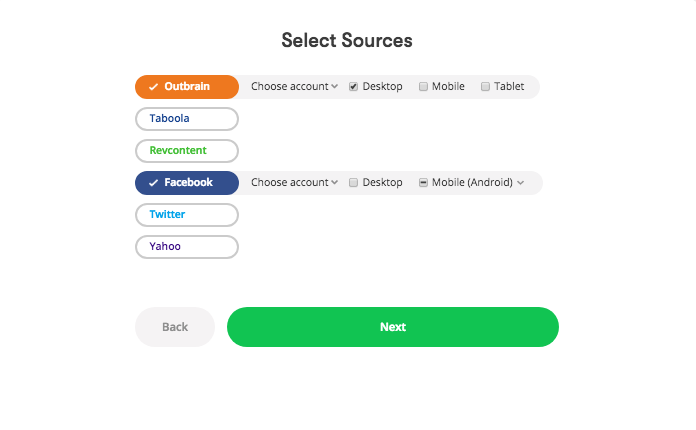Just why are there so many definitions of “attribution” floating around in cyberspace?
Generally speaking, attribution is the careful process of analyzing which media or channels are getting your audience to where you want them to be: the final destination in your campaign. That said, figuring out which of your actions, distribution channels, and platforms ultimately lead to which pockets of revenue is not only easier said than done, it’s also highly specific to your industry.

Attribution In Marketing vs Content Distribution
Typically, when marketers talk about attribution, they’re focused on conversions – the touch points that lead to an ultimate sale.
However, when it comes to the digital publishing space, or at least for publishers who make their income from ads rather than readers themselves, attribution means something very different.
It’s a way of linking your cost sources to your revenue, by tracing the ad revenue you made from a piece of content back to the specific campaign that brought readers to that page.
So far, so straightforward. Where it gets complicated is this: different departments in the company play different roles in tracking that connection. If they don’t have an easy way to work together, attribution becomes a difficult task indeed.
Let’s take a look at the three major departments with a stake in the process and where their focus lies.

Media Acquisition
This is the team in charge of the audience; bringing in the right readers, targeting the right people, generating the desired levels of traffic within the available budget and so on. They’re the ones handling content distribution, deciding how, where and how much to pay to place content.
From the media acquisition point of view, once the reader lands on the content their job is done. The problem is, they don’t have a clear idea of the quality of the traffic they’ve brought into the site – let alone how much revenue this ultimately generated.

Content Department
These guys are responsible for creating the content that goes on the site – the articles that your audience comes to read. From their point of view, their job is purely to write a good piece of work and upload it, or hand it over to media acquisition for distribution.
The trouble here is, they don’t have a data-backed way of knowing what about their content worked, and what didn’t. They don’t know where their readers are coming from, they don’t know if their headlines grabbed people, and they don’t know if the layout of the page proved engaging.
While they’re responsible for producing the crown jewels, they rarely know how these are being valued.
ADOPS
Thirdly, you have ADOPS, the team in charge of monetization on the site. This crew decides how many ads are placed on a page of content and where. They’re the ones that deal with advertising partners or programmatic exchanges.
Once again, these guys are heavily focused on revenue generation, but they’re rarely exposed to other stages in the process; not the content that the ads are integrated with, nor the media teams that bring in the viewers that engage with the ads.

Why This Matters
When you see how siloed the roles of these three departments often are, it becomes apparent that tracing attribution right through can harder than it first appears.
As we’ve said, you need to figure out precisely how specific revenue streams connect to specific pieces of content and then to specific costs. Otherwise, you can’t work out which factors truly affect your KPIs. The only way do that is to bring the interests of all three groups in one place, so they can see how the process fits together – and the role that each of them play in your overall success.
How To Nail It
For this, you’ll need a platform that’s powerful and nuanced enough to let you compare the numbers at a glance. One that automatically applies the right algorithms to each campaign and correctly attributes revenue to each piece of content, on each channel, with each set of characteristics, in the blink of an eye.
This system should be granular enough to tell you immediately which platform, GEO and device your readers are coming from. What’s more, it should tell you how valuable each of these readers are to you once they get to your site: how much content they engaged with, for how long, and how much ad revenue this earned you overall.
Armed with this information, you can figure out exactly how much you paid for your readers, what content they engaged with and how much money this brings in. Meanwhile, your media team, content team and ADOPS team can all begin tweaking their approach to maximize their effectiveness and keep hitting KPIs – and to do this as a team, rather than as three distinct entities.
Scale Your Audience Development Campaigns With PubPlus

 5 min read
5 min read